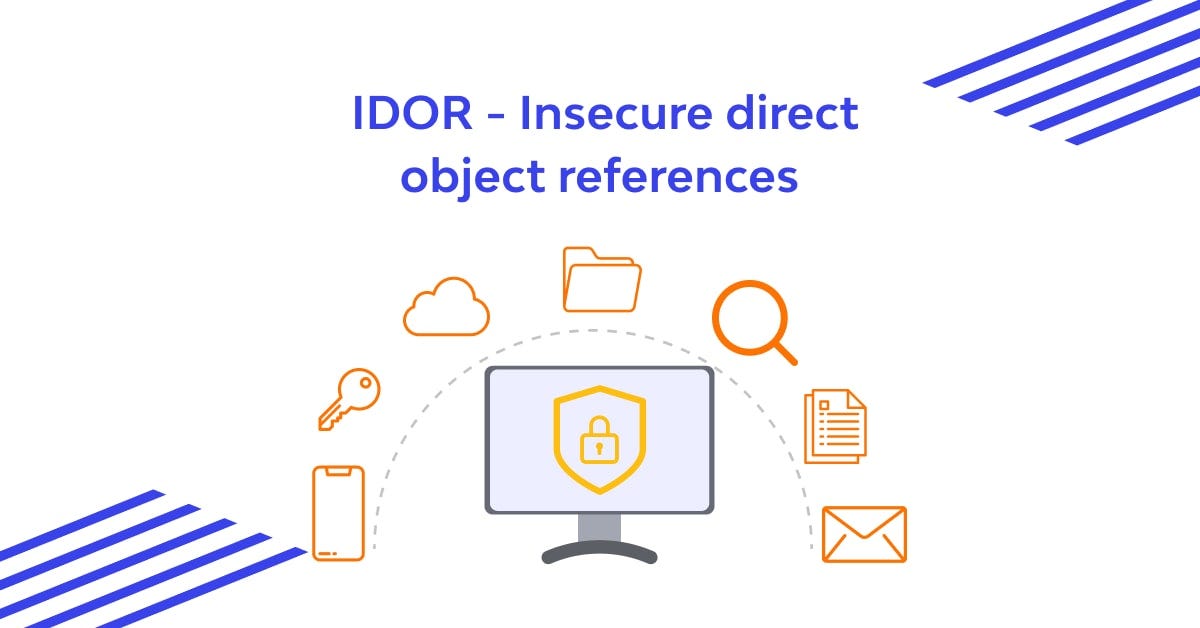BOOK THIS SPACE FOR AD
ARTICLE ADBug bounty programs have become a popular method for organizations to identify and resolve security vulnerabilities in their systems. However, despite their widespread adoption, traditional bug bounty platforms face several challenges that hinder their effectiveness. In this blog post, we will explore the limitations of current bug bounty platforms and discuss the need for a transparent blockchain-based platform coupled with a community-driven voting system for severity validation.
The Failure of Traditional Bug Bounty Platforms:
1. Lack of Transparency: Existing bug bounty platforms often lack transparency in the assessment and resolution processes. Researchers are often left in the dark about the progress of their submissions, leading to frustration and reduced motivation to participate.
2. Centralized Validation: The validation and severity assessment of reported vulnerabilities typically rely solely on the organization running the bug bounty program. This centralized approach can introduce biases and subjective judgments, compromising the objectivity of vulnerability severity determinations.
3. Delayed Response Times: Lengthy response times by organizations can cause frustration among researchers, who may have to wait for extended periods to receive updates or resolutions for their reported vulnerabilities. This delay can lead to reduced engagement and discourage participation in bug bounty programs.
The Community’s Needs:
1. Transparency and Accountability: A transparent blockchain-based bug bounty platform can address the lack of transparency by providing real-time updates on the status of submitted vulnerabilities. This ensures that researchers are well-informed about the progress and resolution of their findings, promoting trust and accountability.
2. Decentralized Severity Validation: Implementing a community-driven voting system for severity validation allows multiple perspectives to be considered. This decentralized approach helps mitigate biases and ensures a fair and objective assessment of the impact and severity of reported vulnerabilities.
3. Incentivization and Fair Rewards: Bug bounty platforms should provide fair and competitive rewards to researchers who contribute valuable findings. By implementing blockchain technology, smart contracts can automate the payment process, ensuring prompt and accurate compensation for researchers’ efforts.
4. Collaboration and Knowledge Sharing: A robust bug bounty platform should foster a collaborative environment, enabling researchers to learn from each other and share knowledge. Features such as forums, chat rooms, and open discussions can facilitate collaboration and the exchange of best practices.
Conclusion:
Traditional bug bounty platforms have faced limitations that hinder their effectiveness in addressing security vulnerabilities. The need for a transparent blockchain-based bug bounty platform, coupled with a community-driven voting system for severity validation, becomes apparent in addressing these challenges. By embracing transparency, decentralization, and fair incentives, organizations can create an environment that fosters collaboration, rewards researchers adequately, and ultimately enhances the security posture of their systems.
The future of bug bounty programs lies in harnessing the power of blockchain technology and community participation, paving the way for a more robust, transparent, and efficient approach to identifying and mitigating security vulnerabilities.
.png)
 11 months ago
53
11 months ago
53 














 Bengali (Bangladesh) ·
Bengali (Bangladesh) ·  English (United States) ·
English (United States) ·